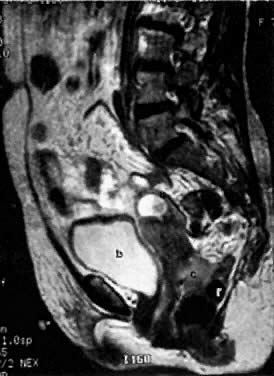

Open Surgery: Sacrocolpopexy is often done using open surgery. The surgery may also be done following a hysterectomy to provide long-term support for the vagina. Sacrocolpopexy is viewed as the best way to correct pelvic prolapse and resolve symptoms. Your doctor can fully explain the differences and process to you. This procedure is not the same as what occurs during transvaginal placement of mesh. During the operation, surgical mesh is used to hold your affected pelvic organ(s) in their natural position. Surgical treatment for this condition is called sacrocolpopexy. Risk factors for prolapse include multiple vaginal deliveries, age, obesity, hysterectomy, and smoking.

One in nine women have symptoms that are severe enough to need surgery. Pelvic prolapse is common, affecting about one in every three women who have had a child. Others may experience: a feeling of sitting on a ball, pulling in the pelvis, pelvic or abdominal pain, painful intercourse, tissue from the vagina sticking out, bladder infections, vaginal bleeding, unusual discharge, constipation or frequent urination. Some women with prolapse have no symptoms. It may cause the upper part of the vagina to sag into the vaginal canal or even outside the vagina. Severe uterine prolapse can cause the uterus to slip (prolapse) partially into the vagina. As a result, these organs (uterus, vagina, cervix, bladder, urethra, or rectum) slip from their normal position. Pelvic prolapse is a condition that occurs when muscles and ligaments that support your pelvic organs weaken.


 0 kommentar(er)
0 kommentar(er)
